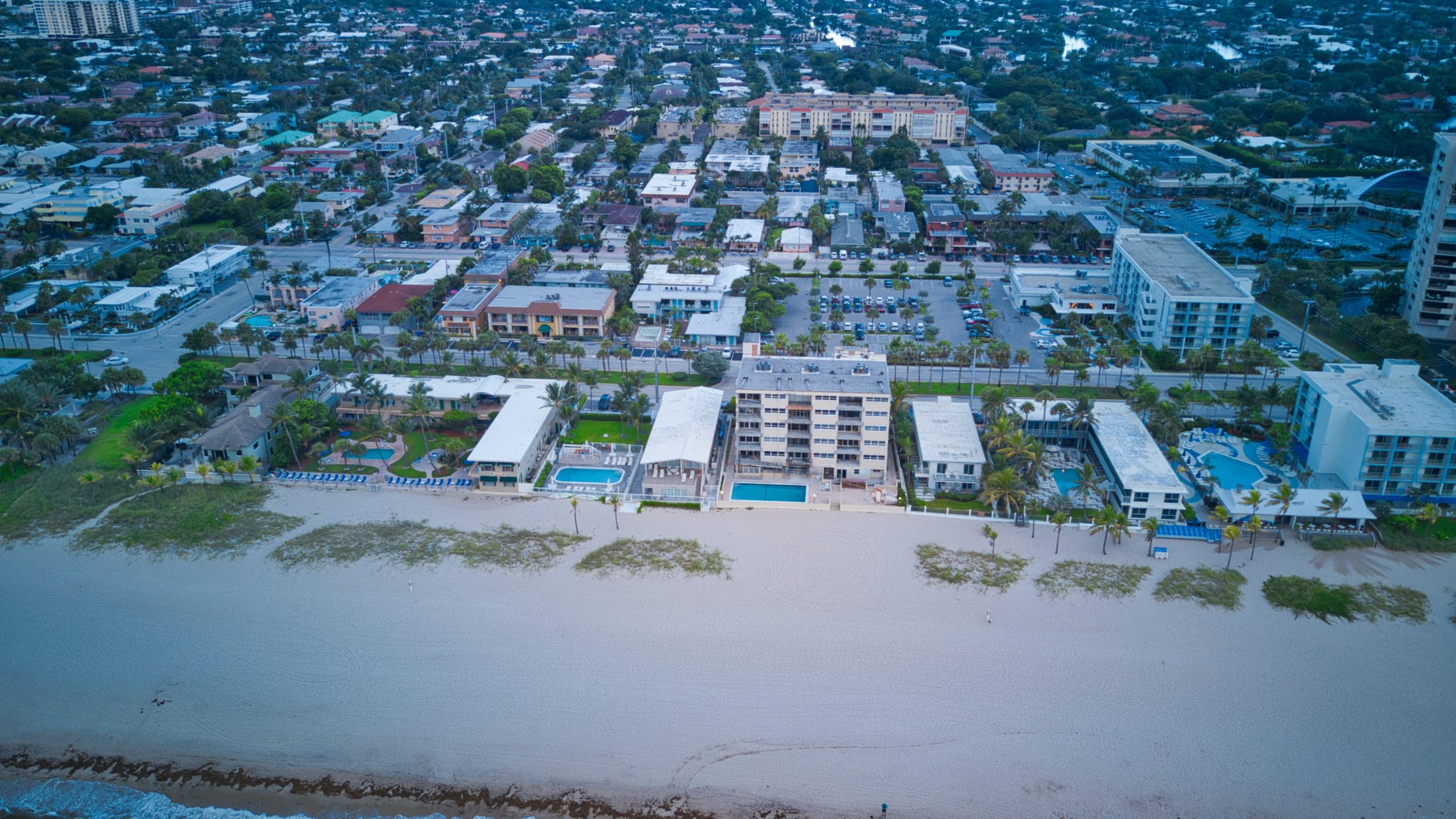Table of Contents
ToggleIntroduction:
The world is facing a massive environmental challenge caused by climate change. Among the many threats that it poses, rising sea levels are becoming increasingly significant. In recent times, scientists have warned that Asian megacities are among the most vulnerable to this phenomenon, and if left unaddressed, the consequences could be disastrous.
Understanding Rising Sea Levels
Sea levels have been rising globally over the past century due to the melting of ice sheets and glaciers, and the expansion of seawater as it warms. The rate of sea-level rise has accelerated in recent decades, with projections indicating that it could rise by as much as one meter by the end of the century. This could have severe implications for coastal regions and cities worldwide.
The Vulnerability of Asian Megacities
Asian megacities such as Tokyo, Shanghai, Mumbai, and Bangkok are particularly susceptible to the impact of rising sea levels. These cities are densely populated and located in low-lying areas, making them more vulnerable to flooding and storm surges. They are also centers of economic activity, with significant infrastructure and assets that could be at risk.
The Impacts of Rising Sea Levels on Asian Megacities
The potential impacts of rising sea levels on Asian megacities are numerous and significant. The most immediate and visible impact would be flooding, which could damage or destroy buildings, roads, and other infrastructure. This would disrupt transportation, communication, and other vital services, causing significant economic losses.
Social and Environmental Impacts
Rising sea levels could also have severe social and environmental impacts on Asian megacities. Displaced populations could lead to increased urban poverty and social unrest, while loss of biodiversity and degradation of ecosystems could affect the region’s natural resources and habitats.
Mitigation and Adaptation Strategies
To address the threat of rising sea levels on Asian megacities, there is a need for both mitigation and adaptation strategies. Mitigation strategies involve reducing greenhouse gas emissions, which would slow down the rate of sea-level rise in the long term. Adaptation strategies involve designing and implementing measures to reduce the impact of rising sea levels on coastal cities. These include the construction of seawalls and other protective infrastructure, zoning regulations to limit development in vulnerable areas, and the adoption of green infrastructure to absorb floodwater.
International Cooperation
Given the global nature of climate change, international cooperation is essential to address the threat of rising sea levels on Asian megacities. This requires coordinated efforts between governments, non-governmental organizations, and other stakeholders, with a focus on sharing knowledge and resources, providing financial and technical support, and developing policies and regulations to promote sustainable development.
Conclusion:
Rising sea levels are a significant threat to Asian megacities, with the potential to cause severe social, economic, and environmental impacts. Mitigation and adaptation strategies, as well as international cooperation, are essential to address this challenge effectively. By working together, we can build more resilient and sustainable cities that are better prepared to withstand the effects of climate change.







